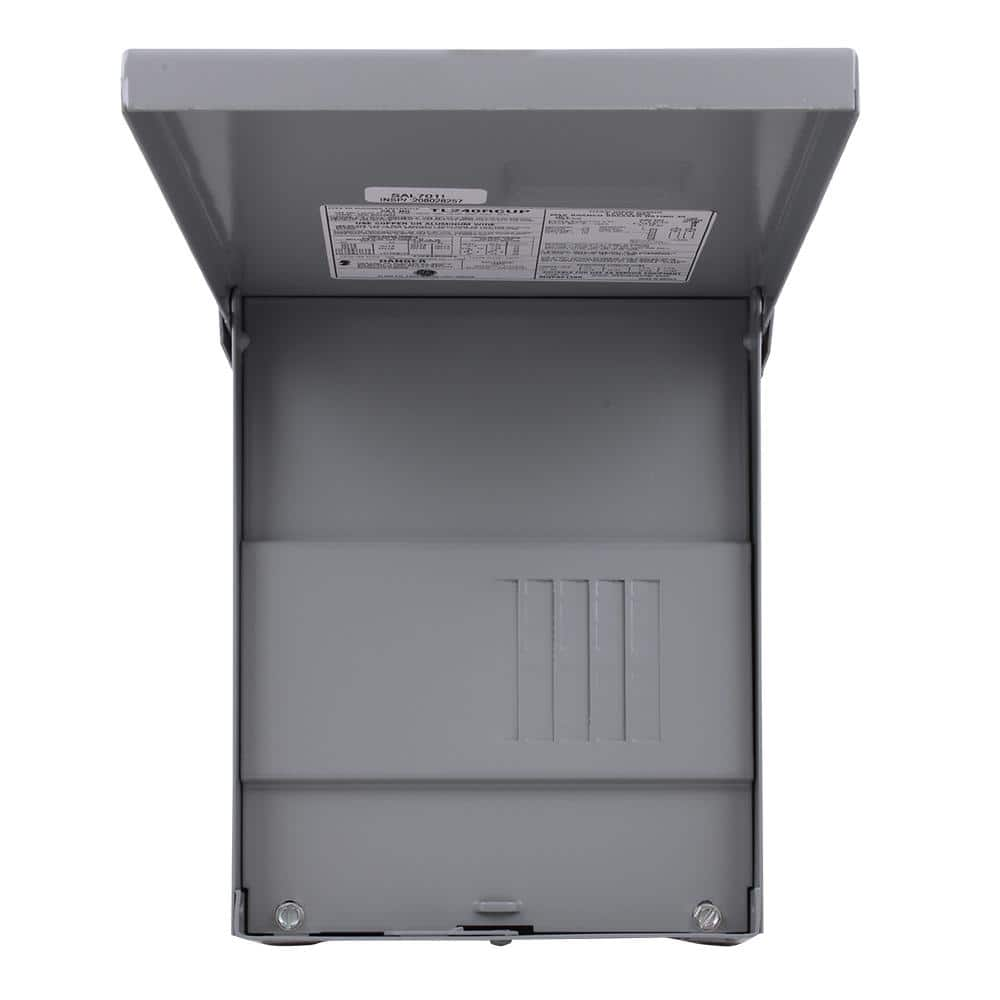This is a pretty good explanation for why it is needed:
The purpose of the ground wire (in U.S. terminology) is to provide a path back to the source of the electrical current — the main electrical panel — in the event of a fault. Hopefully this current is enough to trip the breaker or blow the fuse. A fault might be something like having the hot live wire of an appliance touch its metal case.
The purpose of the ground wire is NOT to provide a path to the ground, or to some rod buried in the ground. I can’t stress that enough.
In the U.S. and the U.K., and I think in the rest of the world, our electrical system is grounded at the utility transformer. This means that at the transformer there’s a cable from the neutral terminal that goes into the ground. One big benefit of this type of grounded system is protection from lightning strikes.
Remember that electricity will always try to complete a circuit. It always wants to go back to where it came from. In our case that’s the utility transformer.
So here’s what the system looks like at the transformer:
Things are a little different in other countries, but you get the idea. There are high voltage cables coming into the utility transformer, there are low voltage cables coming out and going into the house, and the neutral side at the transformer is connected directly into the ground.
So what happens if there’s a ground fault?
Here’s what things looked like before there was any grounding.
There’s no ground wire, but also no problems so we’re OK.
Now here’s what happens with no ground wire, but a ground fault is present.
If you touch the appliance case when it’s electrified then you might complete a path to the ground, and all the current is going through you. But there’s not nearly enough electrical current flowing through the circuit breaker, so it won’t trip off. There’s a good chance that you’ll be electrocuted. (Note though that if you’re not grounded then nothing might happen. You have to be completing a circuit for current to flow through you.) And remember that electricity always wants to complete a circuit, so the fault current here is going to try to get back to the grounded side of the transformer.
Now here’s what happens when we ground the appliance, and that ground wire goes back to the neutral bus bar in the electrical panel.
We have a green ground wire going back to the neutral bus bar in the main panel. This wire has very low resistance and so the electrical current will easily flow through it. This also creates a short circuit condition, which will draw a lot of current and so trip off the breaker. That’s what we really want — for the circuit breaker to trip off. Note here that you’re still part of the circuit. But you’re in a parallel circuit to the ground wire, so most of the current will flow through the low resistance ground wire.
And here’s what happens if we try to ground to the earth instead of back to the neutral bus bar.
Again you’re part of a parallel electrical path. But the other path is trying to go through the ground — and of course back to the transformer. But the earth has too much resistance and so that path won’t be able to draw enough current to trip the breaker. So current will continue to flow through you and there’s a good chance that you’ll be electrocuted.
To summarize, the ground fault path has to have very low resistance so that it will quickly carry a lot of current in order to trip off the breaker. The only way to do this is with a wire going back to the neutral bus bar. If you try to ground into the earth then the fault current path will have too much resistance and it won’t trip off the breaker.

